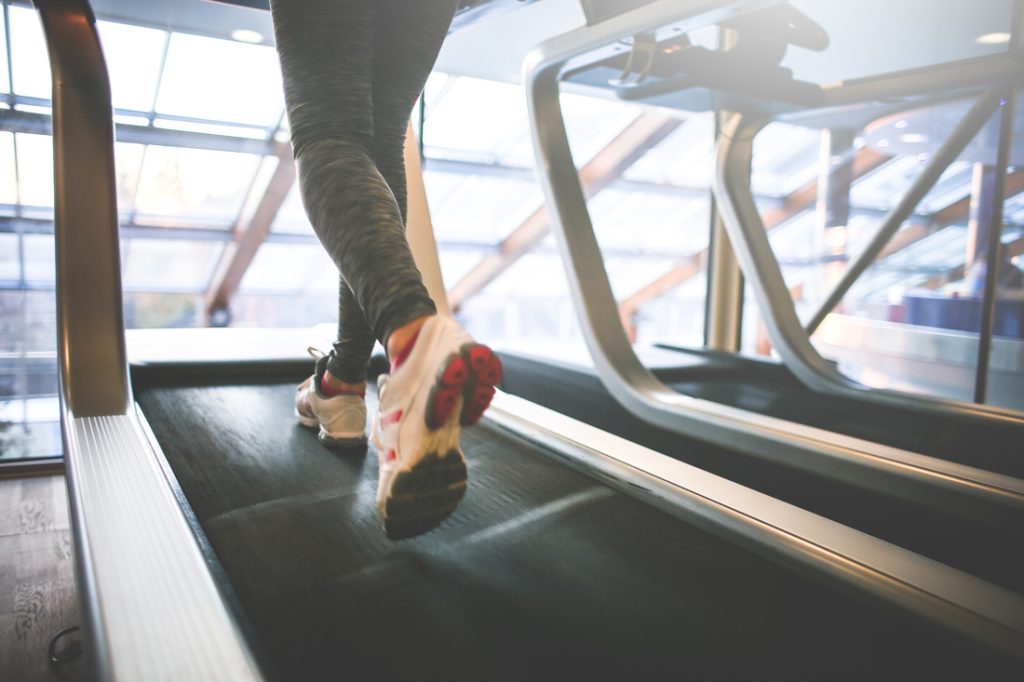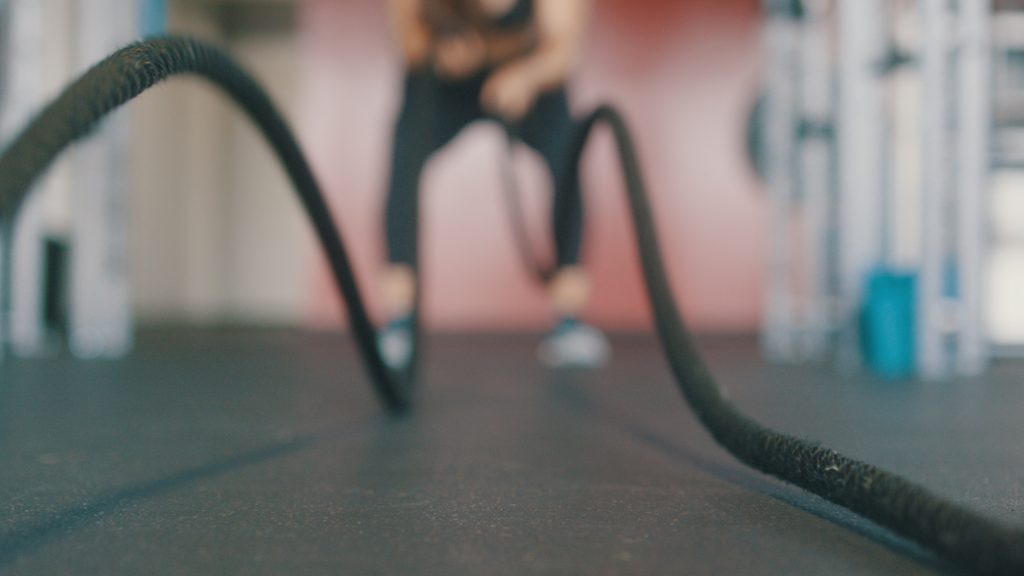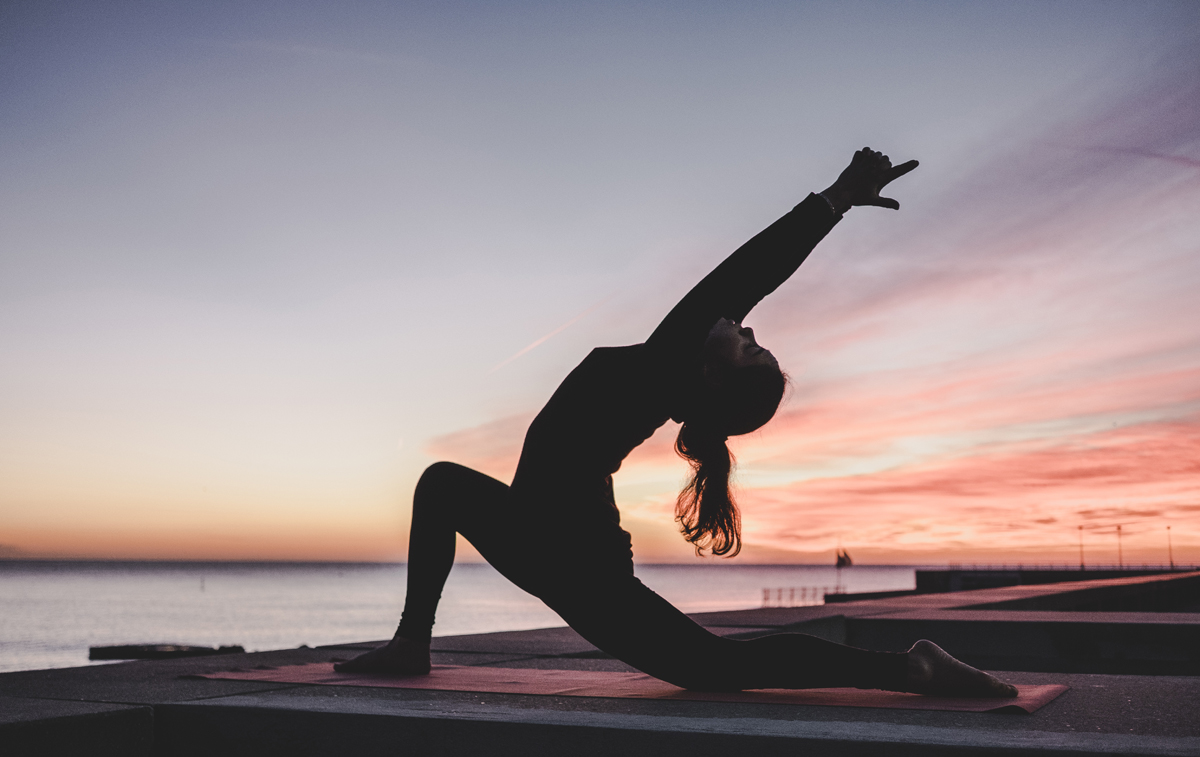BiG Focus: Doubling Down On Fitness Myths
We know, we know, it’s too early to even think of New Year’s Resolutions. But on the off-chance that you have, and one of your up-and-coming goals is to begin a fitness regime, we’ve got some fitness myths for you to avoid to start you right!
But first of all, let’s talk about how you’ve got fitness goals– good for you! Regular exercise and a good diet plan will do wonders for your overall health. Physically fit people are healthier people and less prone to illnesses and medical conditions, and it also promotes a healthy state of mind. But then the Internet comes along and throws out science things suggesting how your training program isn’t actually good for you or is ineffective. Sometimes they throw down facts that make you worry about your physical state. Like everything else on the World Wide Web, these nuggets of wisdom need to be taken with a grain of salt. And so in this issue, we decided to do some of the dirty work for you and compiled a list of some of fitness myths that leave our heads scratching.
1. Sweating means you’re out of shape.
We’ve all seen the films – the depiction of an unfit person comes with the vision of a man or woman huffing and puffing while sweating up a storm. This is actually the opposite of the truth: in comparison to a person who isn’t fit, a fit person is more likely to be sweating a river sooner into their workout session and in more volume.
2. Lifting heavy weights bulks you up.
It’s fantastic to see more and more women picking up weights to increase strength and power. But if bulking up is what you’re looking for (not that there’s anything wrong with that), you’re not going to get it by lifting heavy weights. In fact, they’ll slim you down by tightening and toning your entire body, burning fat, and shaping your curves.
3. Always stretch before a workout.
Regular static stretching loosens your tendons and will make your muscles feel weaker, and in turn tires out your muscles before you even begin, affecting your performance. But that’s not to say you shouldn’t stretch at all – the regular stretching of your major muscle groups (at least twice a week) improves posture and helps you stay flexible as you grow older.

4. You shouldn’t work out every day.
While it makes for a great excuse, this isn’t true. It’s not a bad idea to do some form of physical activity daily especially if you’re looking to lose weight. That said, it isn’t advisable to repeat the same routine and intensity on a day-to-day basis. Instead, develop a workout schedule involving different activities, intensity levels and session lengths.
5. Give 100% for every workout.
Sort of? It’s a great idea to be 100% focused, but not every session requires 100% intensity. Feeling sore after every workout is your cue to start easing up. Avoid putting too much stress on your body and limit that balls-to-walls intensity to just two or three times a week.

6. Want great abs? Do crunches.
They’re certainly helpful, but they’re definitely not the most efficient way to strengthen your core. If that’s what you’re aiming for, try out other multi-muscle exercises that target every region of your core.
7. Yoga is for wussies.
If your version of yoga is meditative silence while breathing in pink and breathing out blue, then you clearly have never taken a yoga class before. This ancient form of working out does more than burn calories and tone muscles. This is a total mind-body workout that increases strength, flexibility, and your physical and mental state of health.
8. The best way to lose weight is to do lots of cardio.
If weight loss is your goal, then putting in hours on that treadmill isn’t the best way to do it. While traditional cardio workouts go a long way to creating a calorie deficit essential for losing weight, a combination of high-intensity and strength training is the best way to achieve your goals. That, and a good nutrition plan.






